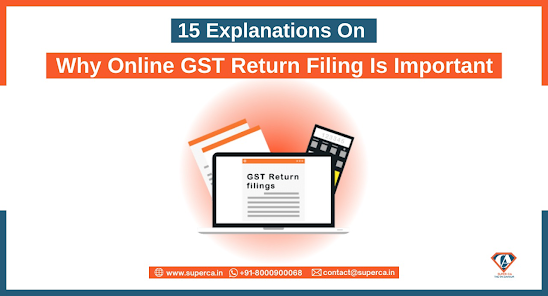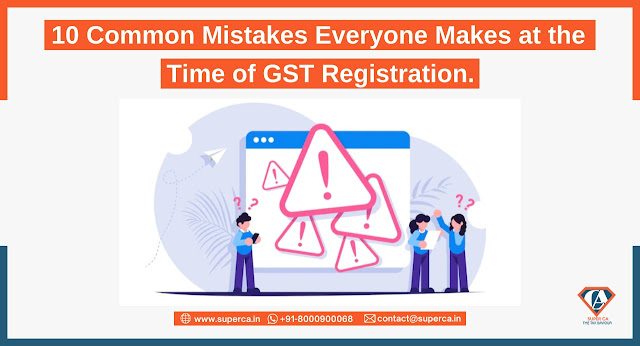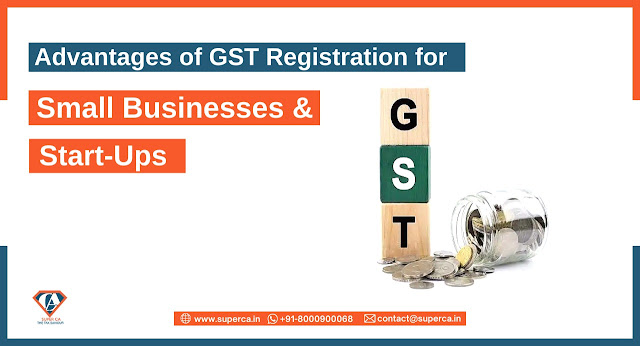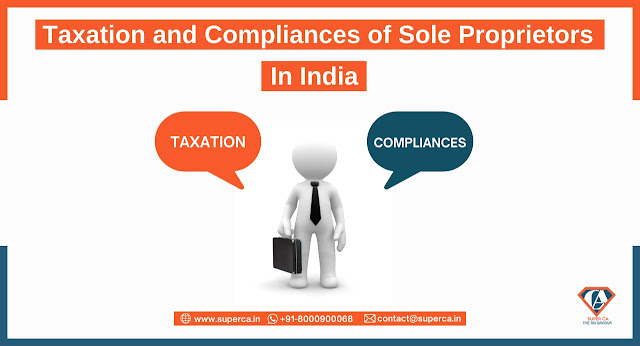Ten Ways To Introduce GST Return Filing
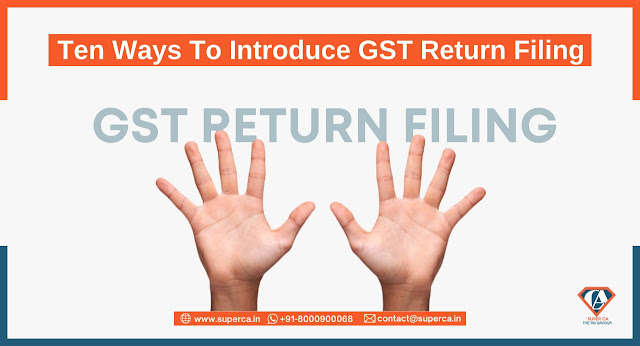
In 2017, the Goods And Services Tax (GST) Act was passed and has been implemented since then. GST is an indirect tax for the whole nation, which makes India one unified common market. It came as the biggest indirect tax reform in India and now is a single tax on the supply of goods and services. With the motive of “One Nation One Tax” , this tax provision made the compliance procedure more transparent, seamless, and intuitive. Before GST, taxes such as service taxes, state VATs, entry taxes, luxury taxes were applied on goods.GST has replaced a total of almost 17 local levies of this kind. Now there is only a single tax, that is, GST which is levied directly at every point of sale. I ntroduction to Online GST return filing A GST return is a document or report that needs to be filed by every GST registered person. Once You become eligible for registration under GST, you must apply for a unique GSTIN from the GST Portal. Currently, the eligibility is turnover
